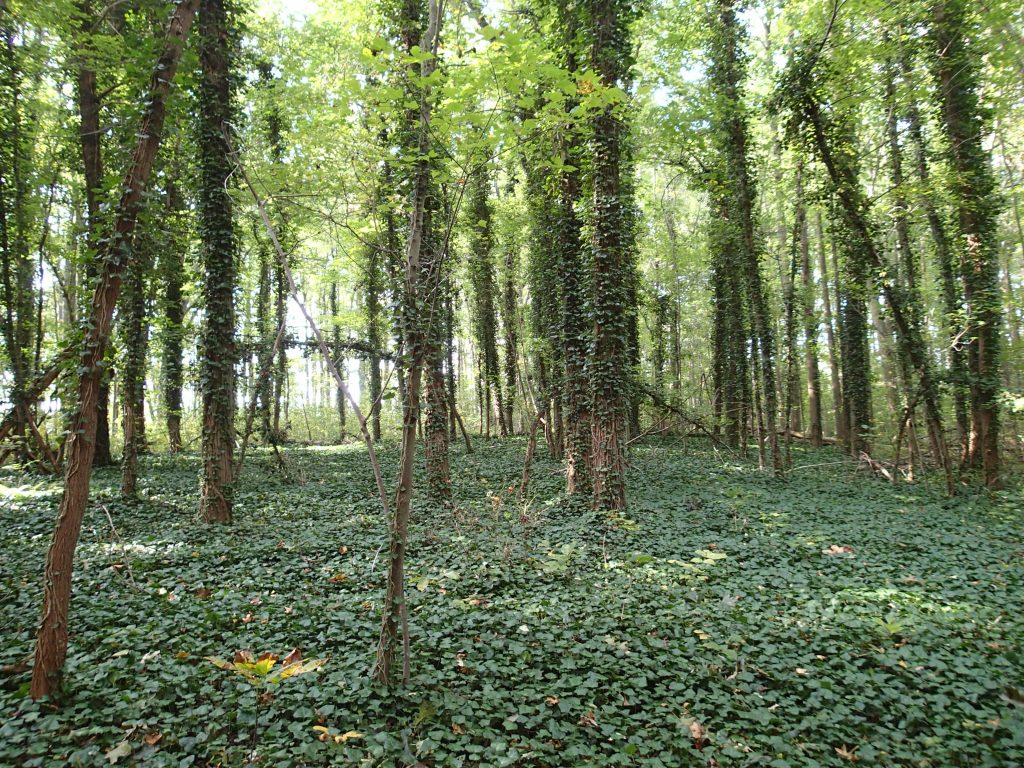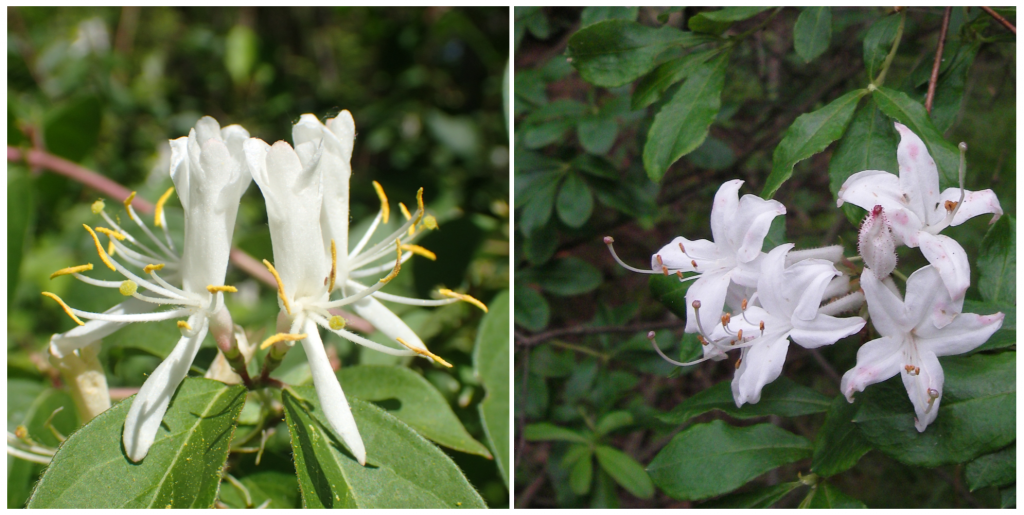
Facebook Twitter Instagram YouTube RSS Feed
Written on: December 11th, 2019 in Outreach

Every year we attend lots of public events and we meet so many great landowners who have wetlands on their property and want to know more. One of the most common questions we field is “What can I do to improve the health of wetlands in my yard”?
You don’t have to own 20 acres of flooded fields to make a difference! There are many common wetland stressors that are not an easy fix, such as ditching and channel straightening but addressing invasive plants is a great place to start.
The first step is to figure out what’s a good plant and what’s bad. If you aren’t a botanist that’s ok- we can help you figure out what’s what! We created a handy dandy Delaware Wetland Plant Field Guide that is designed to help landowners identify native versus non-native or invasive wetland plants. It’s full of color pictures and easy to read. Follow the symbols that note which species are invasive.
Another great resource is a booklet put out by the Natural Resources Conservation Service called Mistaken Identity?. It addresses invasive wetland and upland species by type (e.g. tree, shrub, vine, grass) and common native lookalikes. Even though it’s winter now and many plants have died back or lost their leaves and flowers, you can still easily see some of the common invaders.

Step two is get rid of the unwanted. Wait until the humidity and bugs have died back if you need to. Many common invasive plants in Delaware such as Japanese honeysuckle, Phragmites, English ivy, and multiflora rose persist right through the winter so you can pick a cool fall day to tear them out.
Mistaken Identity? also has a great section on different means to control invasive plants such as using herbicides, cutting, hand pulling and girdling.
Different species respond better to different techniques so be sure to read the pages that specify which method is best. For example, Japanese honeysuckle can simply be pulled out by hand or by digging, but bamboo needs to be cut mechanically and sprayed chemically to be effective.

Step three is to replace! Now that those nasty invasive plants are gone you can fill in with native options that are better suited for Delaware’s growing season (i.e. are suited for our temperatures and precipitation), won’t take over and invade your yard, and are better food sources for wildlife and pollinators.
There are a growing number of native plant sales every spring and fall where you can easily find species that fit your amount of shade, soil conditions and preference for flowers or fruit.
Can’t wait for one of the sales? Visit your local nursery and ask for natives only. Several local nurseries focus on natives only such as the Inland Bays Garden Center in Frankford, DE or for those up north Octoraro is just over the line in Kirkwood, PA.
Still craving more information? Tune into or join the Delaware Native Plant Society or the Delaware Invasive Species Council. They host talks, workshops and events, offer advice and look for volunteers to help with long-term plant demonstrations. Go native!